13
AIOSHI Crypto Coin: Complete Guide to the Apple Companion Token
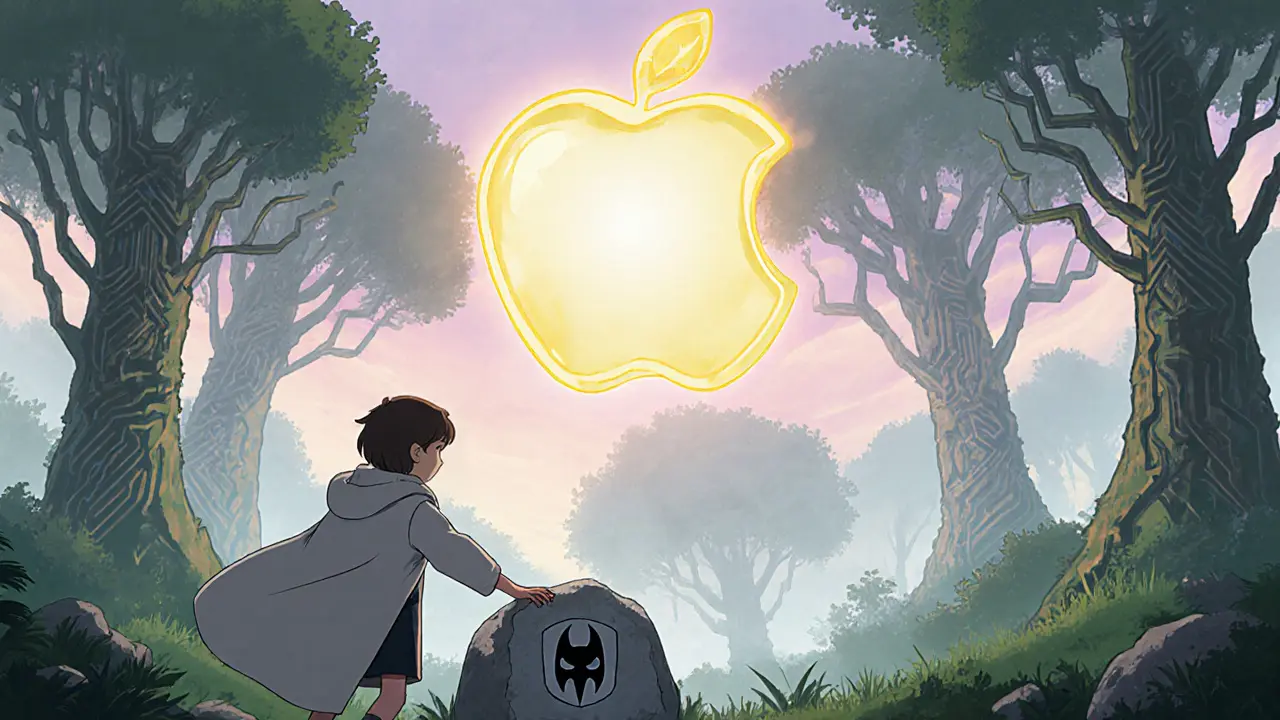
Crypto Token Risk Calculator
Use this calculator to evaluate the risk level of a crypto token based on key metrics discussed in our guide. Enter values for the following fields to receive an assessment.
Key Takeaways
- AIOSHI is an unverified micro‑cap token on the Solana blockchain with a total supply of 999.7million.
- Market cap hovers under $25K and daily trading volume is often below $1K, making liquidity extremely poor.
- No team, roadmap, whitepaper, or audited smart‑contract code is publicly available.
- Price data varies wildly across tracking sites, indicating fragmented trading and data reliability issues.
- Investors should treat AIOSHI as a high‑risk speculative asset and perform strict due‑diligence before any interaction.
If you’re wondering whether AIOSHI crypto is worth your attention, read on. This guide breaks down everything known about the token, explains why the data looks so shaky, and gives you a practical checklist for evaluating similar projects.
What Is AiOShi Apple Companion (AIOSHI)?
AiOShi Apple Companion (AIOSHI) is a cryptocurrency token that runs on the Solana blockchain. The token appears in the Phantom wallet directory, but the platform flags it as “unverified” and warns users to only interact with tokens they trust.
The total supply is fixed at 999,970,814 AIOSHI tokens, and the circulating supply mirrors that number - essentially every token has been released into the market. No portion is locked, reserved, or earmarked for development, which is atypical for projects that plan future upgrades.
Where Does AIOSHI Trade?
The token is listed only on decentralized exchanges (DEXes) accessible through Solana‑compatible wallets such as Phantom. There are no listings on major centralized exchanges (CEX) like Binance or Coinbase, which means you need a Solana wallet and a DEX interface to buy or sell.
Because AIOSHI lacks a verified contract address on popular explorers, the only way to confirm the token you’re interacting with is to copy the address shown in Phantom and double‑check it against the low‑volume DEX you’re using. A typo or malicious clone could easily send you to a fake token.

Market Stats and Price Volatility
Across tracking platforms the numbers diverge dramatically:
- Coinbase reports a market cap of $12.95K; DexTools shows $14.13K; Phantom lists about $23K.
- Price on October132025 ranges from $0.00001179 (CoinMarketCap) to $0.000277 (Live Coin Watch).
- 24‑hour trading volume is reported as low as $9 (Crypto.com) and as high as $1.01K (DexTools); some sites even list $0.
These discrepancies signal an illiquid market that trades on a handful of tiny pools. A single 10‑token buy order could shift the price by several percent, and selling a modest amount could trigger steep slippage.
Red Flags and Risk Factors
Several warning signs make AIOSHI a high‑risk bet:
- Unverified status: Phantom’s “unverified” label means the smart contract has not been audited or officially recognized.
- No public team or roadmap: There is no website, whitepaper, GitHub repository, or social‑media channel that reveals who created the token or what it aims to achieve.
- Zero liquidity: Daily volume under $1K means you may not be able to exit a position without a massive price drop.
- Price inconsistency: Conflicting price feeds suggest data is pulled from fragmented order books, a hallmark of pump‑and‑dump schemes.
- No audit or compliance: Regulators in the UK, EU, and US have issued guidance that unverified tokens may be classified as securities, exposing holders to legal risk.
In the crypto world, these attributes align with what analysts call “pump tokens” - projects created primarily for speculative trading rather than genuine utility.
How to Vet a Low‑Cap Token - A Practical Checklist
Even if you’re just curious about AIOSHI, the checklist below helps you assess any micro‑cap token on Solana or other chains.
- Verification status: Look for “verified” badges on wallet directories or blockchain explorers.
- Team transparency: Search for LinkedIn profiles, GitHub commits, or an official website.
- Audits: Confirm a reputable firm (e.g., CertiK, PeckShield) has audited the contract.
- Liquidity depth: Check 24‑hour volume; a safe minimum is often $50K for small tokens.
- Price consistency: Compare at least three reputable trackers; large gaps = red flag.
- Community presence: Active Discord/Telegram, Reddit threads, or Twitter accounts indicate real users.
- Regulatory compliance: Ensure the token isn’t flagged as a security in your jurisdiction.
Should You Consider Investing?
Given the information available, AIOSHI leans heavily toward speculative‑only. The potential upside is limited because the market cap is already set at a few thousand dollars; even a 100% price jump would only add a few thousand to the total value. Conversely, the downside is total loss of capital if the token disappears or gets delisted.
For most investors, especially those in the UK who must adhere to FCA guidance, the safe route is to avoid AIOSHI altogether or allocate an extremely small “experiment” slice of a diversified crypto portfolio-never more than 1% of total crypto exposure.
Comparison Table: AIOSHI vs. A Typical Solana Token (e.g., SOL)
| Metric | AIOSHI (Apple Companion) | Typical Solana Token (e.g., SOL) |
|---|---|---|
| Verification | Unverified (Phantom warning) | Verified, audited contracts |
| Market Cap | ~$15K | ~$30B |
| Daily Volume | $0-$1K | $2B+ |
| Total Supply | 999,970,814 AIOSHI (fully circulating) | ~500M SOL (partial circulation) |
| Team Transparency | None publicly known | Established development team, public roadmaps |
| Utility | Unclear, no documented use‑case | Network fees, staking, DeFi ecosystem |
Next Steps if You Still Want to Explore AIOSHI
- Install a Solana‑compatible wallet (e.g., Phantom) and fund it with SOL for transaction fees.
- Copy the exact contract address for AIOSHI from a trusted source (Phantom token list). Verify the address manually.
- Use a reputable Solana DEX (Raydium or Orca) to locate the AIOSHI pool. Check the pool’s liquidity before placing any order.
- Start with a minimal amount (e.g., $10) to test execution and slippage.
- Document the transaction hash and monitor price movement across multiple trackers for a few days.
- If the token shows any sign of a community forming (Discord invites, a roadmap) reconsider your exposure; otherwise, treat the position as a loss.
Frequently Asked Questions
What does the “Apple Companion” part of AIOSHI mean?
No official source explains the name. The phrase appears only in the token’s listing; without a whitepaper or website, its meaning remains speculative.
Is AIOSHI listed on any major exchange?
No. The token trades solely on Solana‑based DEXes reachable through wallets like Phantom. It has never been listed on Binance, Coinbase, or Kraken.
How can I verify that I’m buying the real AIOSHI token?
Copy the contract address from the Phantom token directory, paste it into a Solana block explorer (e.g., Solscan), and confirm the token name, symbol, and total supply match the data shown here.
Why do price feeds differ so much between sites?
AIOSHI’s low volume means each exchange only sees a handful of trades. Different DEXes report slightly different last‑trade prices, leading to the wide gaps you see.
Is it legal to hold AIOSHI in the UK?
Holding unregulated crypto is not illegal, but the FCA warns that tokens without clear utility or verification could be classified as securities, exposing investors to enforcement actions.
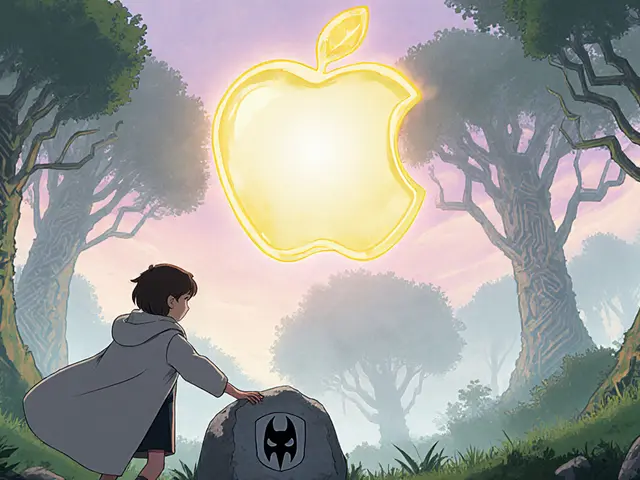
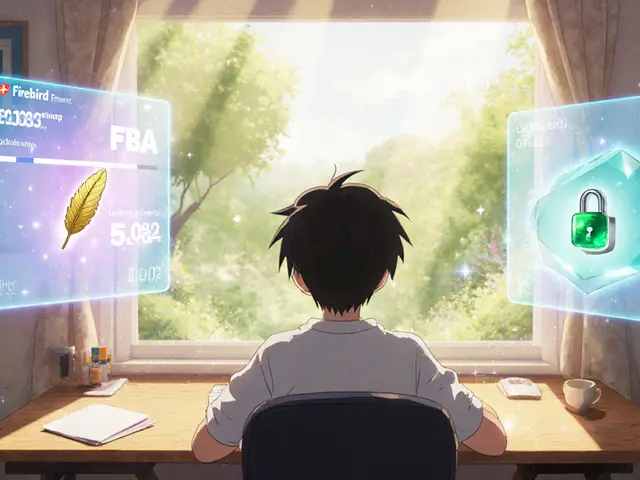
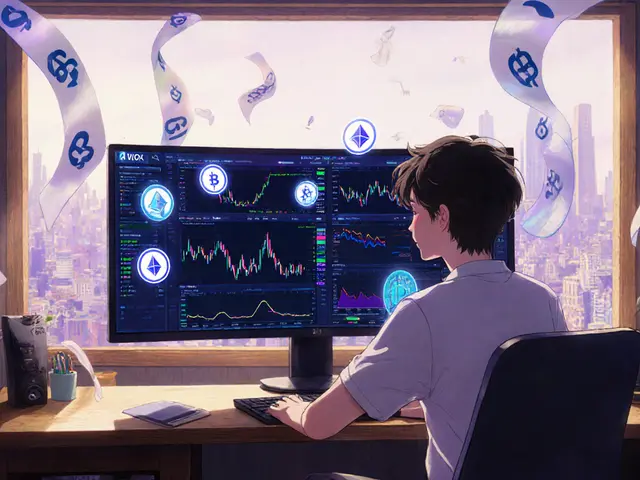
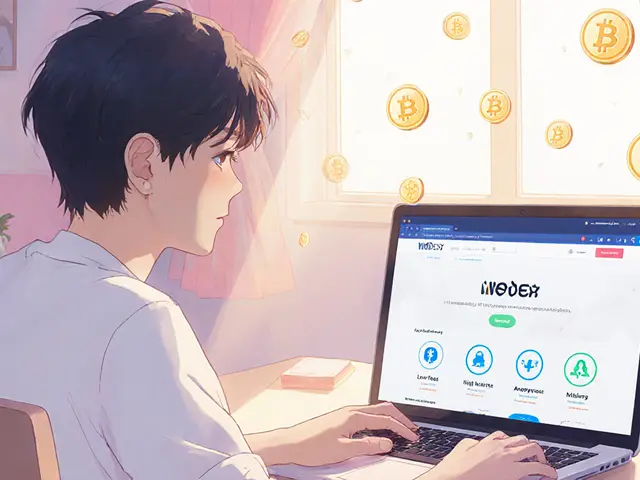
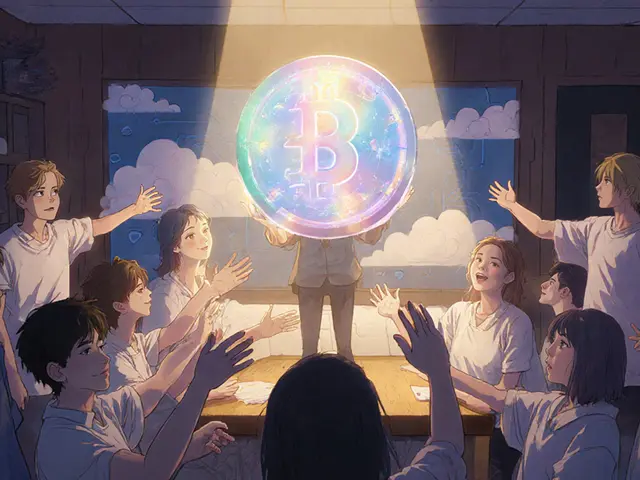



Hari Chamlagai
October 13, 2025 AT 09:35It is astonishing how many projects masquerade as legitimate tokens while offering zero transparency. AIOSHI exemplifies the classic pump‑and‑dump pattern that has plagued Solana since its inception. The market cap under $25 k combined with sub‑$1 k daily volume means any sizeable order will slither the price into oblivion. No audited code, no road‑map, and no identifiable team make the token a black box you cannot trust. A token that lists as “unverified” in Phantom should be the first red flag for any prudent investor. The total supply is essentially fully circulating, eliminating any vesting schedule that could align incentives. Liquidity pools are shallow; a ten‑token trade can swing the price by a few percent, exposing you to severe slippage. Price feeds disagree across platforms, a symptom of fragmented order books and potential data manipulation. Regulatory bodies such as the FCA have warned that unverified assets could be classified as securities, adding legal risk to the financial one. The absence of a utility narrative turns AIOSHI into a speculative meme rather than a functional asset. Even if the token were to double, the absolute gain would be measured in a few hundred dollars, not life‑changing wealth. Conversely, a sudden smart‑contract exploit or a forced delisting would wipe out the capital entirely. For anyone with a diversified crypto portfolio, allocating more than a fraction of a percent to such a token is irrational. The safest approach is to treat AIOSHI as a cautionary case study rather than an investment opportunity. In short, steer clear unless you relish watching a rocket crash in real time.
Ben Johnson
October 14, 2025 AT 18:55Congrats on finding the next crypto dumpster fire.
Cynthia Chiang
October 16, 2025 AT 04:15If you're new to the space, start by checking the contract address on a block explorer. Cross‑reference the token's supply and recent trades to avoid fakes. Look for any community channels; a silent token is a warning sign. Remember, even tiny amounts can disappear overnight.
Jason Clark
October 17, 2025 AT 13:35Let’s break down why this token feels like a marketing gimmick. The unverified label alone should have you hitting the stop button. No team, no roadmap, and no audit-just a bunch of numbers that look pretty on a chart. If you crave real utility, you’ll find none here. Bottom line: treat it as a high‑risk speculation, if you bother at all.
Jim Greene
October 18, 2025 AT 22:55Sounds like a wild ride, but remember to keep your exposure tiny 😊. Even a $10 test can show you how the slippage works before you go all‑in.
Steve Cabe
October 20, 2025 AT 08:15From a standpoint of protecting our own financial sovereignty, dumping unverified tokens is a must. AIOSHI offers no national value or strategic benefit. Skip it and invest in projects that build real infrastructure.
Bruce Safford
October 21, 2025 AT 17:35Some say this token is a front for a larger pump‑and‑dump network controlled by anonymous bots. The fact that every price feed disagrees hints at tampering. With no audit, anyone could rewrite the contract overnight. The low liquidity makes it easy for whales to manipulate the market. If the smart contract were compromised, funds could vanish without a trace. Stay vigilant and treat any unverified token as a potential trap.
Jordan Collins
October 23, 2025 AT 02:55It is prudent to assess liquidity depth before allocating capital. A 24‑hour volume below $1 k indicates insufficient market activity. Such conditions amplify price impact for even modest trades. Consequently, the risk‑reward profile is heavily skewed toward loss.
Andrew Mc Adam
October 24, 2025 AT 12:15Imagine a token that whispers promises of apple companions yet delivers nothing but silence. The community is a ghost town, and the roadmap is an empty canvas. While some may romanticize the mystery, the harsh reality is a near‑zero utility. Let’s agree that chasing such shadows drains both time and money.